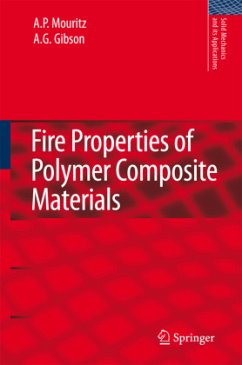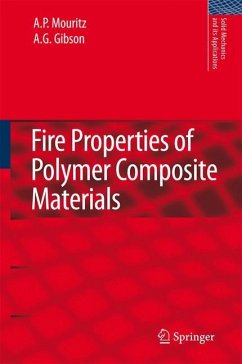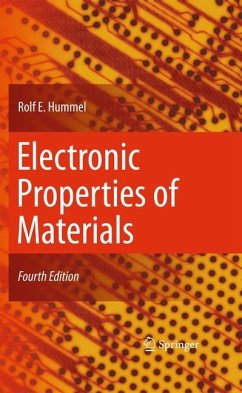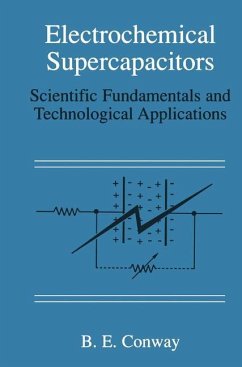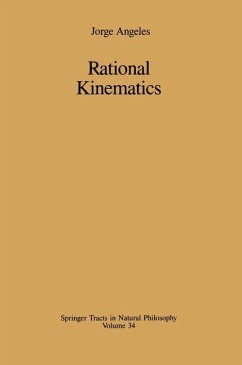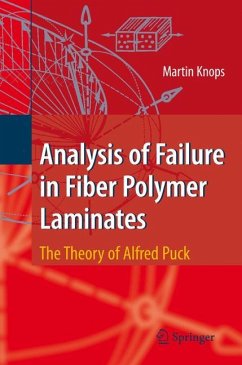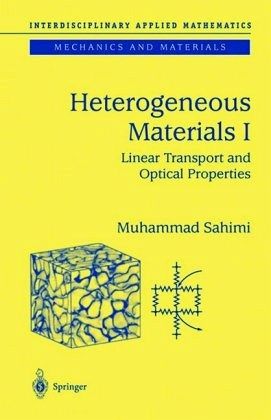
Heterogeneous Materials I
Linear Transport and Optical Properties
Versandkostenfrei!
Versandfertig in 6-10 Tagen
77,99 €
inkl. MwSt.
Weitere Ausgaben:

PAYBACK Punkte
39 °P sammeln!
8. Rigidity and Elastic Properties: The Discrete Approach 8. 0 Introduction 8. 1 Elastic Networks in Biological Materials 8. 2 Number of Elastic Moduli of a Lattice 8. 3 Numerical Simulation and Finite-Size Scaling 8. 4 Derivation of Elastic Networks from Continuum Elasticity 8. 4. 1 The Born model 8. 4. 2 Shortcomings of the Born model 8. 5 The Central-Force Network 8. 6 Rigidity Percolation 8. 6. 1 Static and dynamic rigidity and ?oppiness of networks 8. 6. 2 The correlation length of rigidity percolation 8. 6. 3 The force distribution 8. 6. 4 Determination of the percolation threshold 8. 6....
8. Rigidity and Elastic Properties: The Discrete Approach 8. 0 Introduction 8. 1 Elastic Networks in Biological Materials 8. 2 Number of Elastic Moduli of a Lattice 8. 3 Numerical Simulation and Finite-Size Scaling 8. 4 Derivation of Elastic Networks from Continuum Elasticity 8. 4. 1 The Born model 8. 4. 2 Shortcomings of the Born model 8. 5 The Central-Force Network 8. 6 Rigidity Percolation 8. 6. 1 Static and dynamic rigidity and ?oppiness of networks 8. 6. 2 The correlation length of rigidity percolation 8. 6. 3 The force distribution 8. 6. 4 Determination of the percolation threshold 8. 6. 4. 1 Moments of the force distribution 8. 6. 4. 2 The pebble game 8. 6. 4. 3 Constraint-counting method 8. 6. 5 Mapping between rigidity percolation and resistor networks 8. 6. 6 Nature of phase transition in rigidity percolation 8. 6. 7 Scaling properties of the elastic moduli 8. 7 Green Function Formulation and Perturbation Expansion 8. 7. 1 E?ective-medium approximation 8. 7. 2 The Born model 8. 7. 3 Rigidity percolation 8. 8 The Critical Path Method 8. 9 Central-Force Networks at Non-zero Temperature and under Stress 8. 10 Shortcomings of the Central-Force Networks 8. 11 Elastic Percolation Networks with Bond-Bending Forces 8. 11. 1 The Kirkwood-Keating model xiv 8. 11. 2 The bond-bending model 8. 11. 3 The percolation thresholds 8. 11. 4 The force distribution 8. 11. 5 Comparison of the central-force and bond-bending networks 8. 11.






